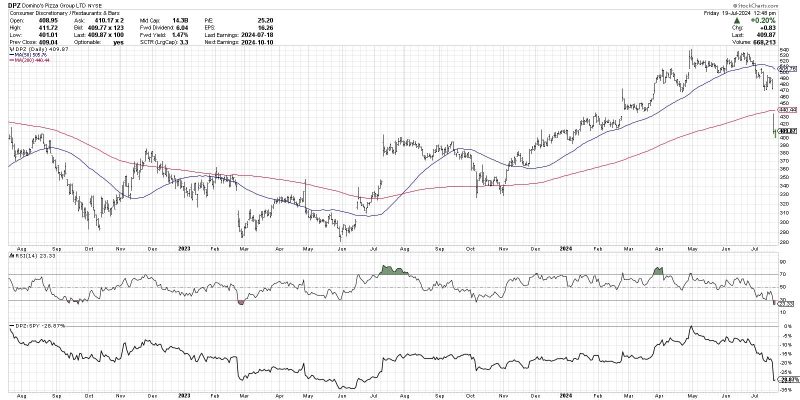Analyzing Market Tops: Identifying Signs of Market Peak
1. Behavioral and Emotional Extremes:
One key indicator of a market top is the presence of behavioral and emotional extremes among investors. During a market peak, investors tend to exhibit excessive optimism and euphoria. This can be seen in the rapid rise of stock prices, high trading volumes, and a general sense of invincibility among market participants. The fear of missing out (FOMO) becomes prevalent, leading to a frenzy of buying activity.
2. Overvaluation and High P/E Ratios:
Another characteristic of a market top is the presence of overvaluation in stock prices. Investors may be willing to pay a premium for stocks, resulting in high price-earnings (P/E) ratios. Additionally, market valuations may surpass historical averages, indicating that stocks are trading at lofty levels relative to their earnings potential. Such overvaluation can be unsustainable and may precede a market correction.
3. Speculative Trading and Excessive Leverage:
At a market peak, speculative trading and excessive leverage often become common. Investors may engage in high-risk trading strategies in pursuit of quick profits, disregarding fundamental analysis and prudent risk management. Margin debt levels may increase as investors borrow to amplify their market exposure, increasing the potential for significant losses during a market downturn.
4. Market Breadth Divergence:
Market breadth refers to the number of stocks participating in a market rally. During a market top, there may be a noticeable divergence in market breadth, with a limited number of stocks driving the overall market higher. This lack of broad-based participation can signal a weakening market foundation, as gains become concentrated in a few key stocks or sectors, making the market vulnerable to a correction.
5. Institutional Selling and Distribution Patterns:
Institutional investors, such as mutual funds and hedge funds, can provide valuable insights into market conditions. At a market top, signs of institutional selling and distribution patterns may emerge. Institutions may begin to unwind their positions or reduce exposure to equities, signaling a shift in sentiment towards caution or risk aversion. Monitoring institutional activity can offer clues about the sustainability of a market rally.
6. Technical Indicators and Market Momentum:
Technical analysis tools can help identify signs of a market top through the analysis of price trends and market momentum. Overbought conditions, where stock prices have risen too far, too fast, can indicate a potential market peak. Chart patterns, such as double tops or head and shoulders formations, may suggest a reversal in trend. Monitoring key technical indicators, such as moving averages or relative strength, can provide additional confirmation of a market top.
7. Market Sentiment and Media Hype:
Market sentiment and media coverage can play a significant role in shaping investor behavior during a market top. Positive news headlines and bullish forecasts may fuel investor optimism and contribute to a sense of complacency about market risks. Conversely, a shift in sentiment towards caution or negative news coverage could signal a turning point in market dynamics. Monitoring media hype and sentiment surveys can offer insights into prevailing market attitudes.
In conclusion, identifying a market top requires a combination of fundamental analysis, technical indicators, and an understanding of investor behavior. By paying attention to key signs such as behavioral extremes, overvaluation, speculative trading, market breadth, institutional activity, technical patterns, and market sentiment, investors can better position themselves to navigate through potential market peaks and prepare for changing market conditions.

